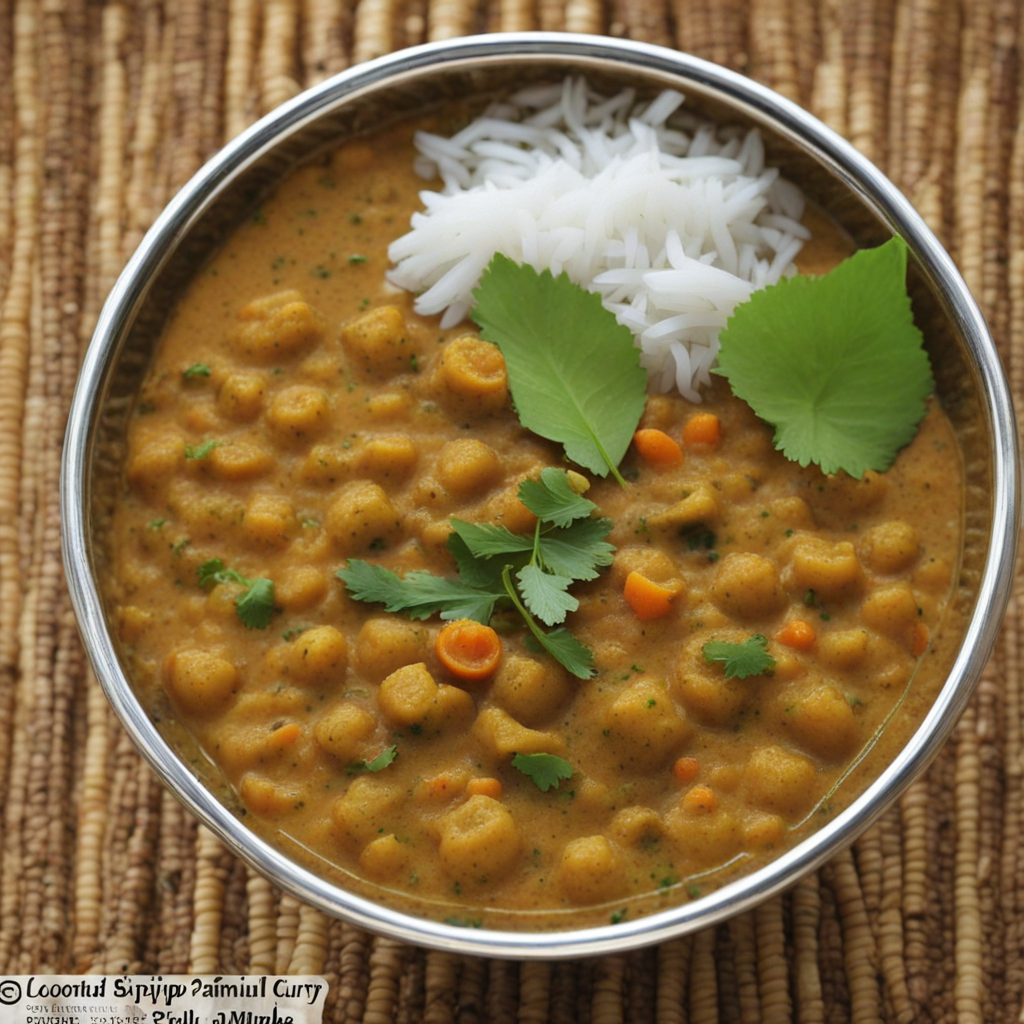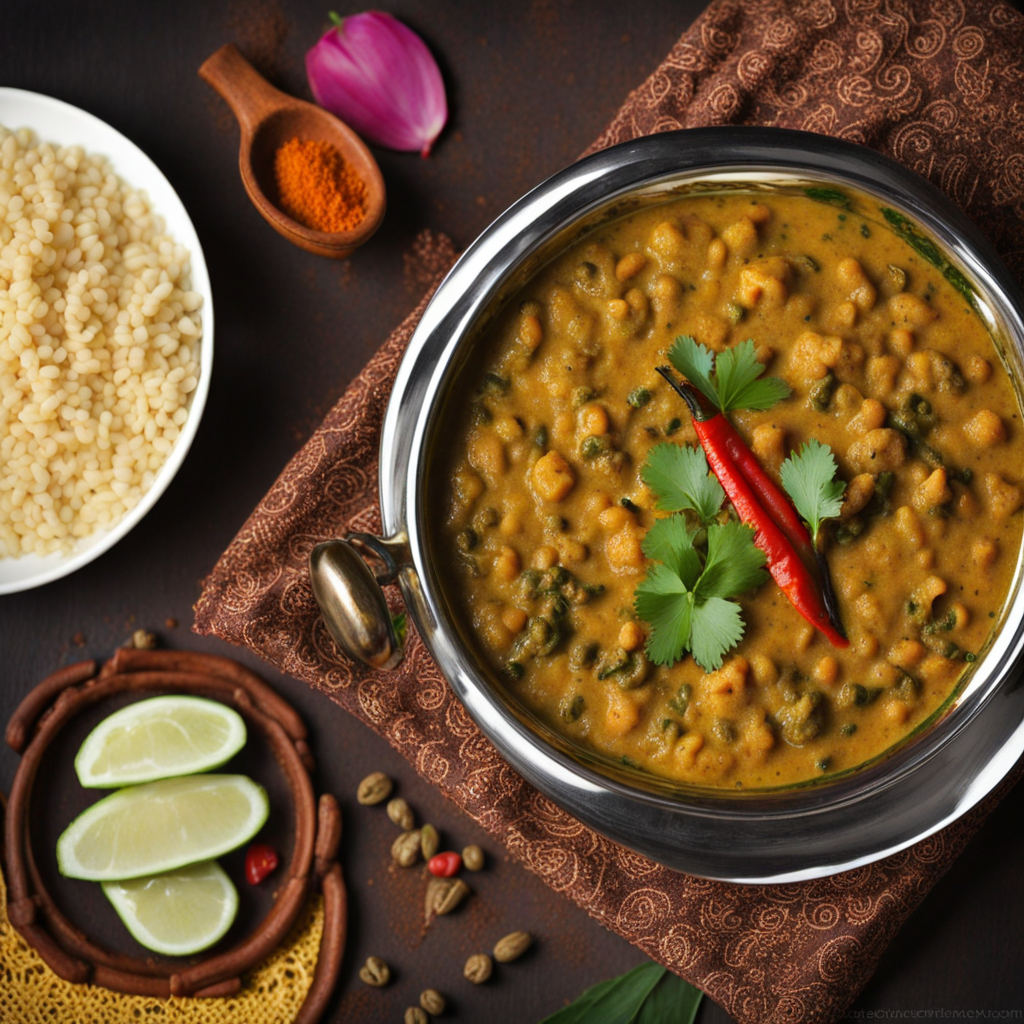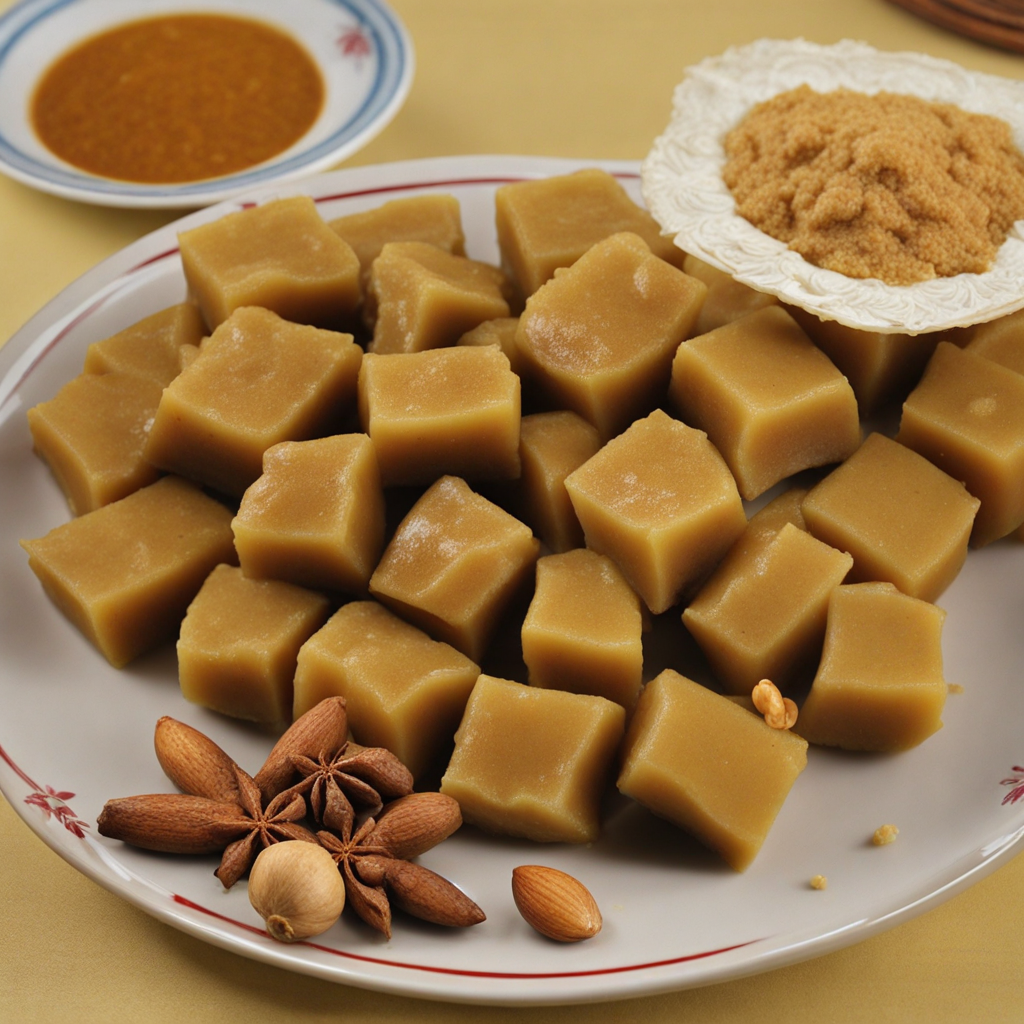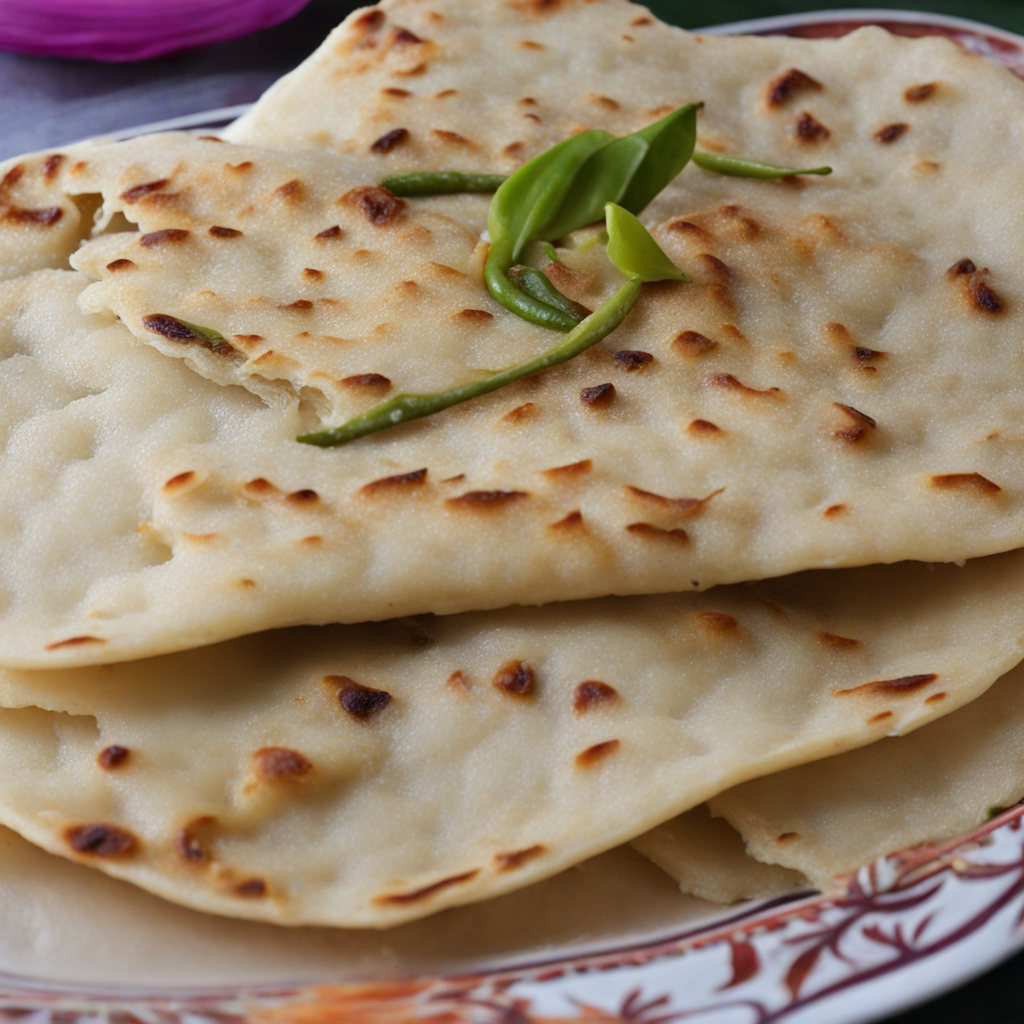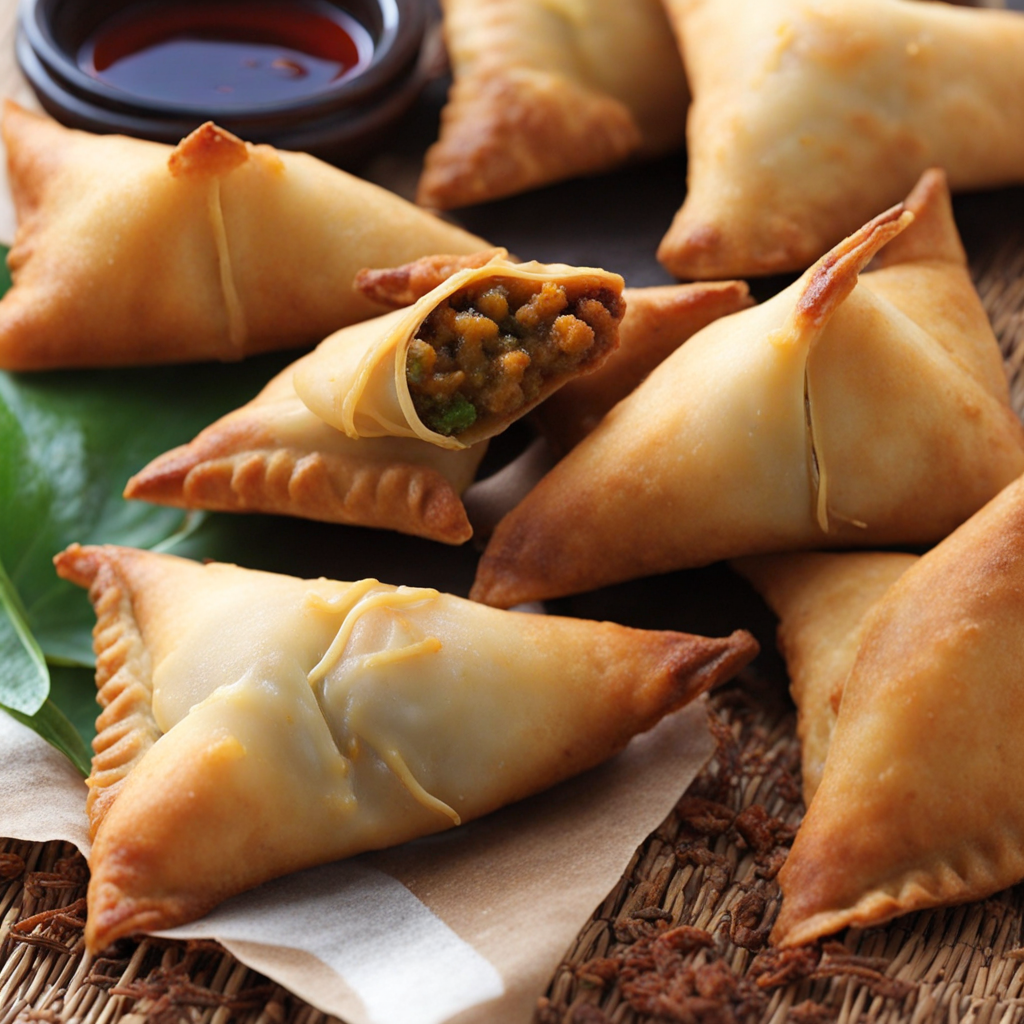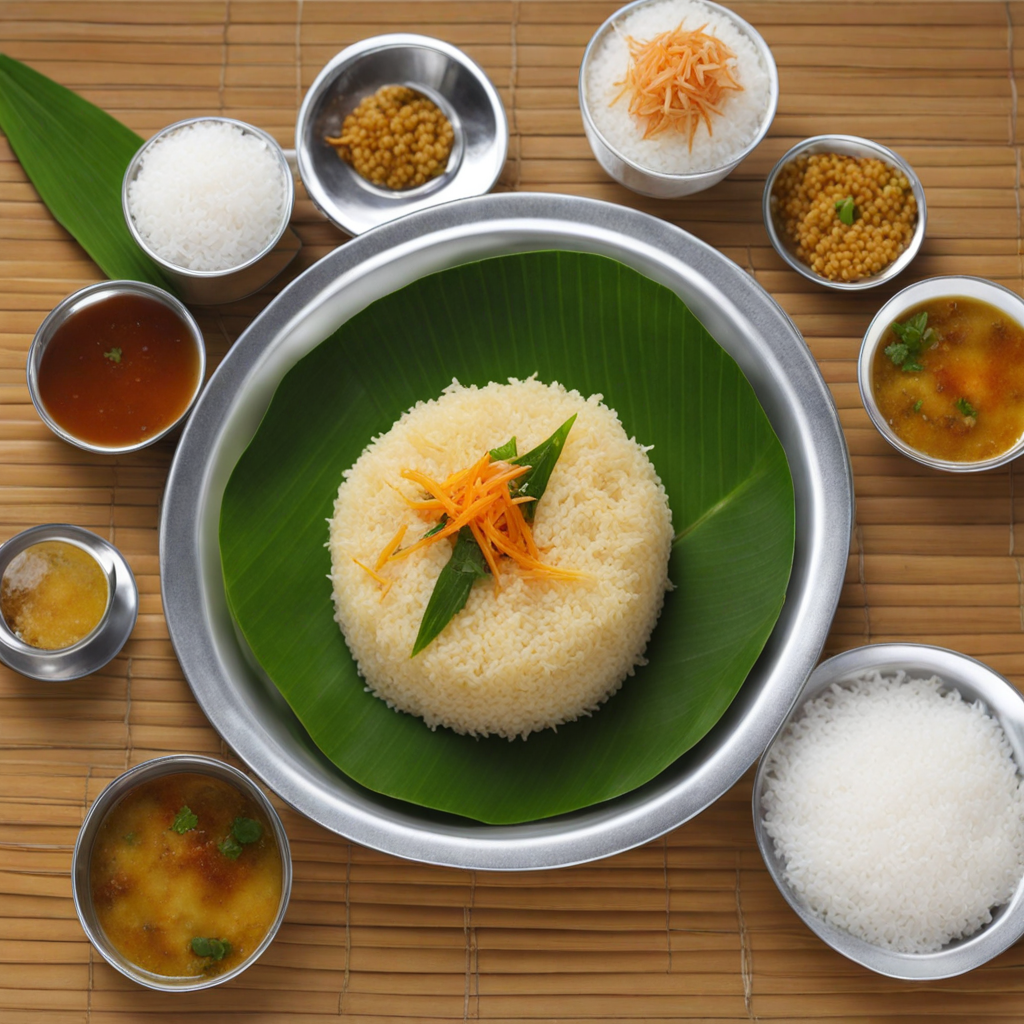Parippu
Parippu, a beloved dish from Sri Lanka, is a lentil-based curry that embodies the essence of Sri Lankan comfort food. Typically made with red lentils, or "masoor dal," this dish is cooked to a creamy consistency, often enhanced with coconut milk. The lentils absorb the rich flavors of spices such as turmeric, cumin, and mustard seeds, creating a warm and inviting aroma that fills the kitchen. The bright yellow-orange hue of the parippu is visually appealing and hints at the delightful complexity of flavors waiting to be explored. The preparation of parippu is straightforward yet allows for personal creativity. Onions, garlic, and green chilies are sautéed to form a flavorful base, while fresh curry leaves add a fragrant touch unique to Sri Lankan cuisine. As the lentils simmer, they soften and meld with the spices, resulting in a dish that is both hearty and satisfying. Parippu is often served alongside rice, where its creamy texture complements the fluffy grains, creating a harmonious balance on the plate. For those looking to enhance their culinary experience, parippu can be paired with various accompaniments, such as pol sambol (a spicy coconut relish) or fried eggplant. This versatility allows for experimentation and adaptation, making it a perfect dish for both novice cooks and seasoned chefs. Whether enjoyed as a standalone meal or as part of a larger Sri Lankan feast, parippu is sure to introduce your palate to a delightful new world of flavors that reflect the vibrant culture of its origin.
How It Became This Dish
The Journey of Parippu: A Culinary Staple of Sri Lanka #### Origins Parippu, a staple lentil dish in Sri Lanka, finds its roots in the ancient agricultural traditions of South Asia. The term "parippu" generally refers to lentils, particularly split red lentils (masoor dal) or mung beans, which are commonly used in Sri Lankan cuisine. Lentils themselves have been cultivated for thousands of years, with historical evidence suggesting their origins trace back to the Fertile Crescent, around 8000 BCE. In the context of Sri Lanka, lentils were likely introduced through trade routes that connected the island to the Indian subcontinent and beyond. The arrival of Indian traders and settlers played a significant role in shaping the island's culinary landscape. Over time, lentils became integral to the local diet, cherished for their nutritional value and versatility. #### Cultural Significance Parippu is not just a dish; it embodies the rich cultural tapestry of Sri Lanka. It is often served as part of a larger meal that includes rice and various curries, showcasing the island's emphasis on communal eating and hospitality. The preparation of parippu involves boiling lentils until tender and then tempering them with spices such as mustard seeds, cumin, turmeric, and curry leaves, along with coconut milk or water, which adds a creamy texture. In Sri Lankan households, parippu is a symbol of comfort and sustenance. It is a staple during everyday meals, but it also holds a place in ceremonial contexts, such as weddings and religious festivals. The dish is often associated with the practice of "daana," the act of giving or offering food, emphasizing the importance of sharing and community in Sri Lankan culture. Additionally, parippu is celebrated for its health benefits. Lentils are an excellent source of protein, fiber, and essential vitamins, making parippu a nutritious option for both vegetarians and non-vegetarians. In a country where rice is the primary staple, parippu complements the diet by providing essential nutrients, highlighting the culinary wisdom of utilizing local ingredients for a balanced diet. #### Development Over Time The evolution of parippu reflects broader historical, social, and economic changes within Sri Lanka. During the colonial period, particularly under Portuguese, Dutch, and British rule from the 16th to the 20th centuries, the island experienced significant shifts in its agricultural practices. The introduction of new crops and cooking techniques from colonial powers influenced local cuisine, yet the traditional preparation of parippu remained largely unchanged. The culinary landscape further transformed in the post-independence era, as the country experienced a resurgence of interest in indigenous foods and cooking methods. The late 20th century saw a revival of traditional recipes and the promotion of local ingredients, leading to the re-emergence of parippu as a beloved dish among younger generations. This period also witnessed the globalization of food culture, where Sri Lankans living abroad sought to reconnect with their culinary heritage, often sharing recipes for parippu in diaspora communities. Moreover, parippu's versatility allowed it to adapt to contemporary tastes. Chefs began experimenting with different varieties of lentils and incorporating modern health trends, such as plant-based diets, into their menus. The dish evolved to include variations that cater to diverse palates, incorporating spices and flavors from other culinary traditions while maintaining its core identity. #### Parippu in Modern Sri Lankan Cuisine In modern-day Sri Lanka, parippu has solidified its place in the national consciousness. It is commonly featured in restaurants, street food stalls, and home kitchens alike. The dish is often served with rice and an array of accompaniments, including sambol (a spicy condiment), fried fish, and vegetable curries, showcasing the island’s vibrant culinary culture. As Sri Lanka continues to navigate global influences, parippu remains a comforting reminder of the island's agricultural roots and cultural heritage. It has become a dish not only enjoyed locally but also embraced by food enthusiasts worldwide. With the rise of interest in plant-based diets, parippu’s appeal extends beyond tradition, making it a relevant dish in contemporary gastronomy. The popularity of parippu also intersects with sustainable eating practices. Lentils are relatively easy to grow and require less water compared to other protein sources, aligning with global movements towards environmentally friendly food choices. This aspect of parippu resonates with a new generation of eaters who prioritize sustainability in their diets. #### Conclusion Parippu is more than just a dish; it is a testament to Sri Lanka's rich history, cultural identity, and culinary evolution. From its ancient origins to its modern interpretations, parippu encapsulates the essence of Sri Lankan cuisine—simple yet profound, nourishing yet celebratory. As it continues to be passed down through generations, parippu serves as a reminder of the importance of food in fostering connections, preserving traditions, and promoting health. The journey of parippu reflects the broader narrative of Sri Lanka itself—a blend of influences from various cultures, an emphasis on community and hospitality, and a commitment to sustainability and tradition. Today, whether enjoyed at a family gathering, a festive occasion, or as a simple meal at home, parippu remains a cherished part of Sri Lankan life, embodying the spirit of the island and its people.
You may like
Discover local flavors from Sri Lanka


